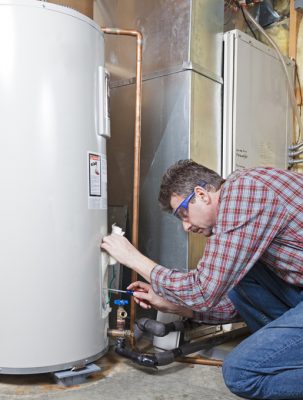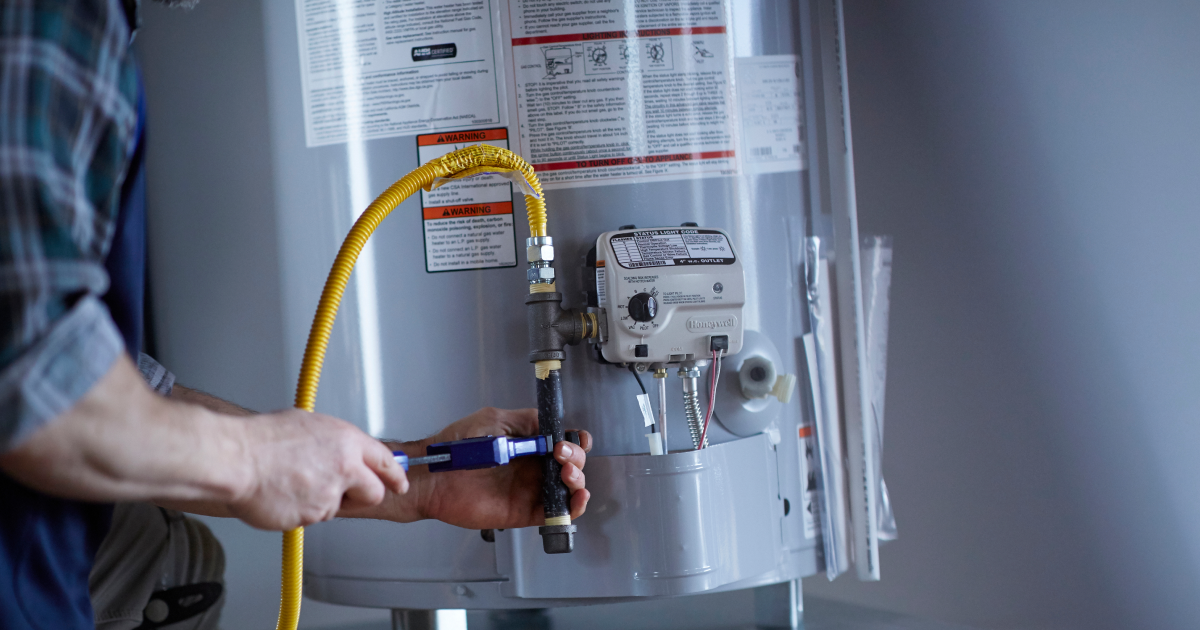Efficient Techniques for Caring for Your Home's Hot Water SystemEssential Tips on Maintaining Your Home's Hot Water System
Efficient Techniques for Caring for Your Home's Hot Water SystemEssential Tips on Maintaining Your Home's Hot Water System
Blog Article
Just about every person will have their unique notions when it comes to Tips on Maintaining a Water Heater.

Warm water is vital for daily convenience, whether it's for a refreshing shower or washing dishes. To ensure your warm water system runs successfully and lasts much longer, routine maintenance is essential. This write-up supplies useful tips and understandings on just how to preserve your home's warm water system to prevent disturbances and pricey repair services.
Introduction
Maintaining your home's warm water system could appear complicated, but with a few simple actions, you can ensure it operates smoothly for years to find. This guide covers everything from recognizing your hot water system to DIY upkeep ideas and understanding when to contact professional help.
Relevance of Keeping Your Hot Water System
Regular upkeep not just prolongs the lifespan of your warm water system yet likewise ensures it runs effectively. Overlooking maintenance can bring about reduced effectiveness, higher power expenses, and even early failure of the system.
Signs Your Warm Water System Requirements Maintenance
Recognizing when your hot water system needs focus can avoid significant problems. Look out for indicators such as inconsistent water temperature, weird noises from the heater, or rustic water.
Understanding Your Warm Water System
Prior to diving into upkeep tasks, it's handy to understand the standard elements of your warm water system. Normally, this consists of the hot water heater itself, pipelines, anode rods, and temperature controls.
Month-to-month Upkeep Tasks
Regular monthly checks can aid catch minor concerns before they escalate.
Purging the Hot Water Heater
Flushing your hot water heater eliminates sediment build-up, boosting performance and extending its life.
Checking and Changing Anode Rods
Anode rods protect against rust inside the tank. Evaluating and replacing them when broken is important.
Evaluating and Changing Temperature Setups
Changing the temperature setups makes sure ideal efficiency and security.
DIY Tips for Upkeep
You can perform numerous maintenance jobs yourself to maintain your hot water system in top condition.
Checking for Leakages
Consistently evaluate pipelines and connections for leaks, as these can result in water damages and greater expenses.
Evaluating Pressure Alleviation Valves
Examining the stress safety valve guarantees it works properly and avoids excessive pressure buildup.
Insulating Pipelines
Shielding warm water pipes lowers warmth loss and can conserve power.
When to Call a Professional
While DIY upkeep is valuable, some concerns require professional expertise.
Complex Problems Needing Professional Assistance
Instances include significant leakages, electrical issues, or if your hot water heater is consistently underperforming.
Routine Specialist Upkeep Advantages
Expert upkeep can include thorough inspections, tune-ups, and ensuring compliance with safety and security criteria.
Conclusion
Routine upkeep of your home's warm water system is essential for performance, longevity, and cost savings. By complying with these pointers and knowing when to look for professional help, you can guarantee a dependable supply of hot water without unexpected disruptions.
How to Maintain an Instant Hot Water Heater
Before tinkering with your hot water heater, make sure that it’s not powered on. You also have to turn off the main circuit breaker and shut off the main gas line to prevent accidents. Also turn off the water valves connected to your unit to prevent water from flowing into and out of the appliance. 2. When you’re done, you have to detach the purge valves’ caps. These look like the letter “T” and are situated on either side of the water valves. Doing so will release any pressure that has accumulated inside the valves while at the same time avoid hot water from shooting out and burning your skin. 3. When the purge valves’ caps are removed, you have to connect your hosing lines to the valves. Your unit should have come with three hoses but if it didn’t, you can purchase these things from any hardware or home repair shops. You can also get them from retail stores that sell water heating systems. Read the user’s manual and follow it to complete this task properly. When the hosing lines are connected, open the purge port’s valves. 4. You should never use harsh chemical cleaners or solutions when cleaning your unit. Make use of white vinegar instead. It should be undiluted and you’ll probably use about 2 gallons. 5. Now flush your water heater. This task should probably take about 40 minutes. We can’t give you specific directions for this because the procedure is carried out depending on the type, model and brand of your heater. With that being said, refer to the user’s manual. 6. When you’re done draining the unit, you have to turn off the purge port valves again. Remove the hosing lines that you earlier installed on each of the water valves. Put the valve caps (purge port) back in their respective places and be very careful so as not to damage the rubber discs that are found inside these caps. 7. Now that everything’s back in place, check your user’s manual again to find out how to reactivate your water heating system. 8. Once it is working, turn one of your hot water faucets on just to let air pass through the heater’s water supply pipes. Leave the tap on until water flows smoothly out of it. https://www.orrplumbing.com/blog/2014/september/how-to-maintain-an-instant-hot-water-heater/

Hopefully you enjoyed reading our piece on Tips on Maintaining a Water Heater. Thanks so much for spending some time to browse our posting. So long as you appreciated our page if you please be sure to pass it around. Thanks for your time. Come back soon.
Click Here To Read More Report this page